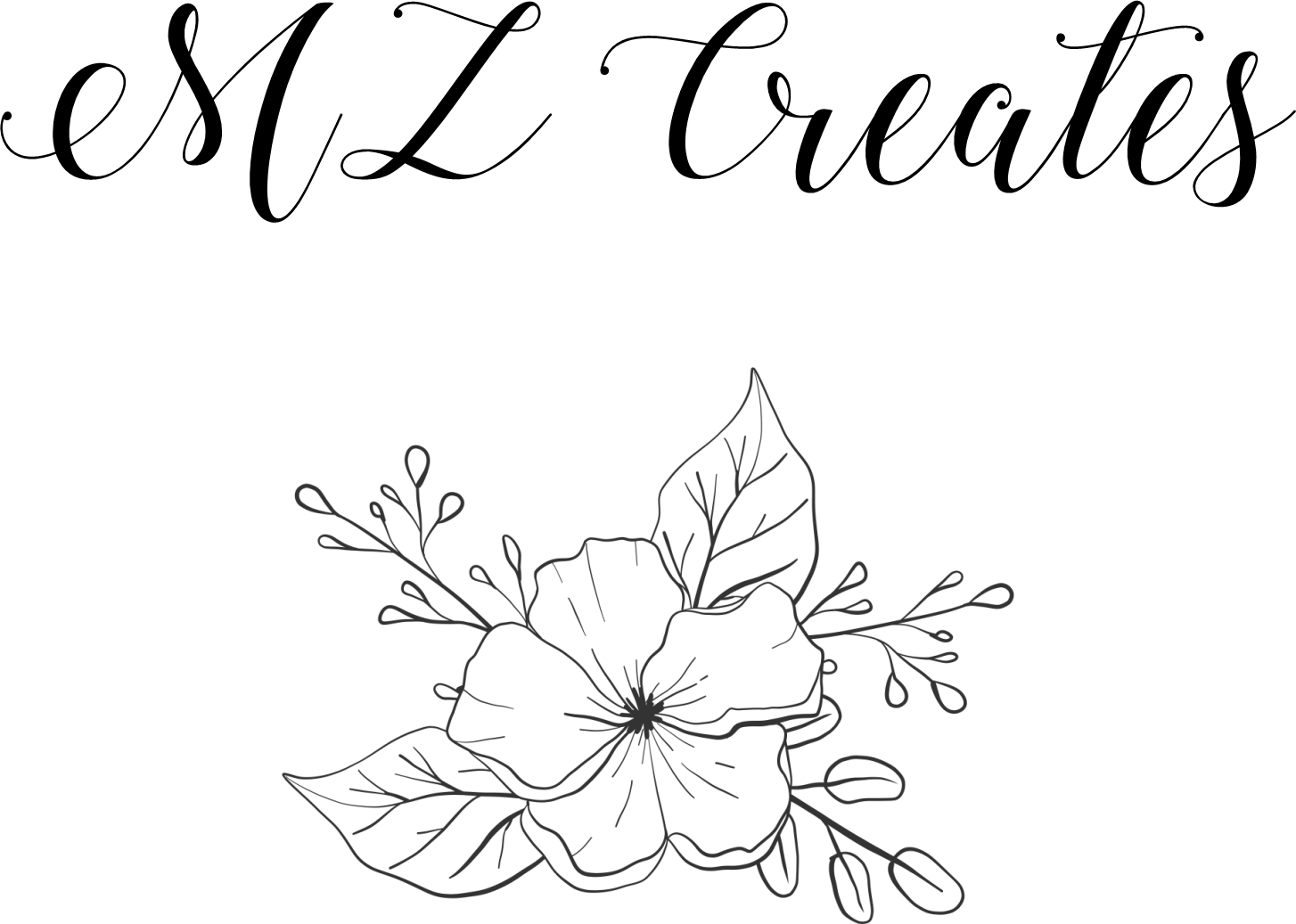Junk Journaling 101: A Beginner’s Guide to Getting Started
Are you tired of traditional scrapbooking and looking for a new creative outlet? Have you ever heard of junk journaling? If not, discover a new world of artistic expression with our Junk Journaling 101 Beginner’s Guide!
Junk Journaling is a creative hobby that has gained popularity in recent years. Making distinctive and personalized journals entails recycling and upcycling different materials. The freedom and limitless possibilities of trash journaling make it beautiful. As a junk journaling enthusiast, I want to help beginners who want to begin with this enjoyable and therapeutic activity by sharing my experience.
Junk journaling is about using everyday materials and turning them into something beautiful and meaningful. It’s a form of art that allows you to express yourself creatively while repurposing items that would otherwise end up in the trash. The appeal of junk journaling is the freedom to experiment with different materials, textures, and techniques. You don’t have to be an artist to create a beautiful journal; you only need an open mind and a willingness to try new things.
Essential Tools and Materials
You’ll need a few essential tools and materials to get started with junk journaling. These include:
Scissors
Glue
Papers (such as scrapbook paper, vintage book pages, or magazine clippings)
Ephemera (such as ticket stubs, postcards, or photographs)
Fabrics (such as lace or ribbon)
Embellishments (such as stickers or buttons)
The beauty of junk journaling is that you can use almost anything you have on hand. For example, you can repurpose old greeting cards or use scraps of fabric from previous projects. You can also find unique materials at thrift stores or garage sales.
Selecting a Base
The base of your journal will determine its size and shape. You can choose from various options, such as a spiral notebook, vintage book, or handmade journal. Each option has its pros and cons.
A spiral notebook is an excellent option for beginners because it’s easy to work with and readily available. You can customize the cover and add pages as needed.
A vintage book is an excellent option if you want a unique and one-of-a-kind journal. You can find vintage books at thrift stores or online marketplaces. The downside is that the pages may be fragile or discolored.
A handmade journal is perfect if you want complete control over your journal’s size, shape, and design. You can make your journal using various techniques, such as bookbinding or stitching.
Techniques and Inspiration
Junk journaling involves various techniques that can be used to create unique and personalized journals. These include:
Collage
Layering
Distressing
Stamping
Stitching
Combining these techniques with different materials creates a cohesive and visually appealing journal. There are many sources of inspiration for junk journaling, including online resources and social media groups. Pinterest is an excellent place to find ideas and tutorials.
Here’s how to plan your journal:
Consider its structure: You can decide on sections, themes, and layouts. For example, you can have daily entries, lists, or goals sections. Dividers or tabs can be used to separate these sections. You can also choose a theme for your journal, such as travel, gratitude, or self-care. This will give your journal a cohesive look and feel.
Brainstorm the sections: You can list topics you want to cover in your journal, such as daily reflections, inspirational quotes, or creative writing prompts. Once you have a list of topics, you can start organizing them into sections. For example, if you want to include daily reflections in your journal, you can create a section for each month and have a page for each day. You can also use dividers or tabs to separate different types of entries, such as reflections, goals, or to-do lists.
Choose a theme: Think about what inspires you and what you want to focus on. If you love to travel, you can create a travel-themed journal and include photos, maps, and mementos from your trips. If you’re working on self-care, you can create a journal for daily affirmations, self-reflection prompts, and gratitude lists.
If you’re new to junk journaling, here are some practical tips to help you get started:
Organize your materials: Keeping them organized by color or theme will make it easier to find what you need when creating your journal. You can use clear plastic bins or drawers to store your supplies and label them so that you know where everything is.
Start small: It’s always a good idea to begin with a small project, such as a mini-journal or a page spread. This will help you get comfortable with the process before tackling a larger project. Before committing to a larger project, you can experiment with different techniques and materials on a smaller scale.
Experiment: Junk journaling is all about trying new techniques and materials. Feel free to experiment and see what works for you. You can try different paper types, embellishments, and adhesives to create unique and exciting pages.
Embrace Imperfections: Junk journaling is not about creating a perfect product. It’s about embracing imperfections and making mistakes is part of the creative process. Remember that mistakes can often lead to unexpected and beautiful results. Don’t be afraid to take risks and try new things in your journal.
Junk Journaling is a fun and therapeutic hobby that allows you to express yourself creatively while repurposing everyday items. Anyone can create a beautiful and meaningful journal with the right tools and materials. Remember that the process is all about self-expression and enjoyment.
Keep checking my Author’s page on Amazon for my upcoming junk journal themed around celestial magic and filled with ephemera.
Amazon.com: MZ Creates: books, biography, latest update
Keep journaling!


